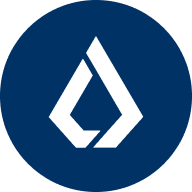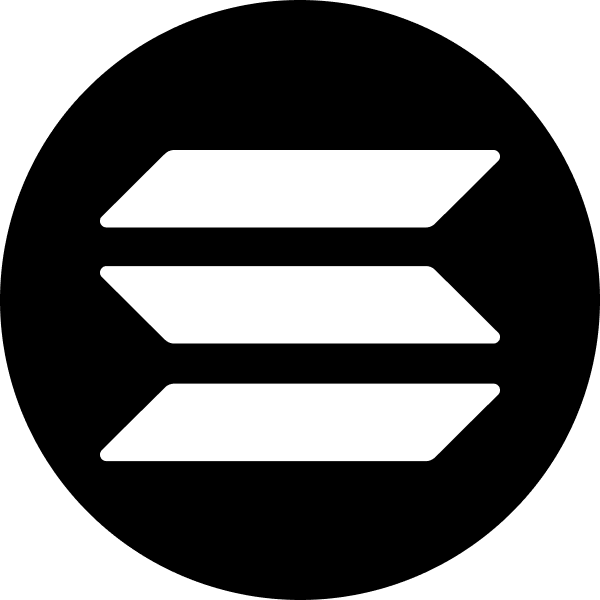In recent years, the Web3 landscape has undergone an exceptional surge in growth and acceptance. Amidst this flourishing ecosystem, certain challenges continue to persist. One such challenge is cross-chain communication – a situation wherein a chain functions in isolation from its counterparts, lacking the ability to interact and share data. This inherent limitation greatly restricts both scalability and the range of possible applications. Nevertheless, Lisk emerges as a forward-looking project to mitigate this challenge. Its innovative approach facilitates communication between distinct chains via its platform, thereby fostering the potential for interconnectedness and collaboration.
What is Lisk?
Lisk is an open-source, decentralized blockchain platform that introduces interoperability to Web3 solutions through sidechains. It employs an SDK in Javascript that grants developers direct accessibility, enabling them to initiate Lisk-compatible blockchains. Based on a Delegated Proof of Stake (DPoS) consensus mechanism, Lisk strategically achieves consensus within its framework.
The Lisk team
Guiding the helm of the Lisk team is the Lisk Foundation Council, the apex authority governing the Lisk Protocol and driving the realization of the Lisk Foundation's mission. This distinguished Council is comprised of President Max Kordek, Vice President Oliver Beddows, and Board Member Benedikt Schuppli. United in their roles, they wield pivotal influence in molding the strategic trajectory of the Lisk ecosystem.
How does Lisk work?
Lisk operates through two essential components. At its core lies Lisk Core, a fundamental element that facilitates delegate forging and encompasses a comprehensive application programming interface (API) tailored for developers. Lisk Core also ensures adherence to the protocol's established rules. Complementing this is Lisk Service, which is responsible for supplying data to UI clients like Link Desktop and Lisk Mobile. This enables users to access real-time blockchain data in a manner akin to the Lisk SDK API.
Notably, the standout feature of the platform is Lisk SDK. As an open-source software development kit, Lisk SDK empowers developers to construct scalable Web3 applications utilizing JavaScript and Typescript. These widely used languages in web development streamline the process for users, marking a significant advantage of the platform.
LSK: Lisk's native token
Within the framework of the Lisk Network, Lisk's native token, LSK, assumes a pivotal role as the core currency, offering an array of versatile utility functions. Among these functions are active involvement in governance procedures, seamless balance transfers, establishing multi-signature wallets, and creating custom names within the Lisk blockchain. These dynamic capabilities are thoughtfully designed to foster user engagement, streamline operations, and bolster the vibrancy of the Lisk ecosystem.
Lisk tokenomics
As the utility token, LSK holds significance in covering transaction fees on the blockchain and facilitating governance voting. With a maximum supply of 144,800,000 LSK, the circulating supply is 128,900,445 LSK tokens.
LSK use cases
The LSK token serves various functions in the Lisk ecosystem. It allows token holders to participate in governance by voting on important decisions. LSK is also employed for registering multi-signature wallets on the blockchain. The token is also used for balance transfers within the Lisk ecosystem.
LSK distribution
Lisk distributed its supply of 100,000,000 tokens during a 2016 ICO, allotting them as follows:
- One percent of LISK was allocated to early supporters.
- Two percent of the tokens were designated for advisors, partners, and third parties.
- Four percent of LISK was directed towards campaigns and bounties (post-ICO).
- Eight percent was assigned to the LISK core team.
- Eighty-five percent was apportioned to LISK ICO participants.
What is the future of LSK
The future of LSK holds promising prospects as the platform continues to innovate and expand its reach. With a focus on GameFi, including the play-to-earn gaming industry and the digital art revolution, LSK aims to attract more users and developers to its ecosystem. This growth is expected to drive increased adoption, foster collaborations, and encourage integrations with other projects or platforms, ultimately contributing to a positive trajectory for Lisk's future.



































